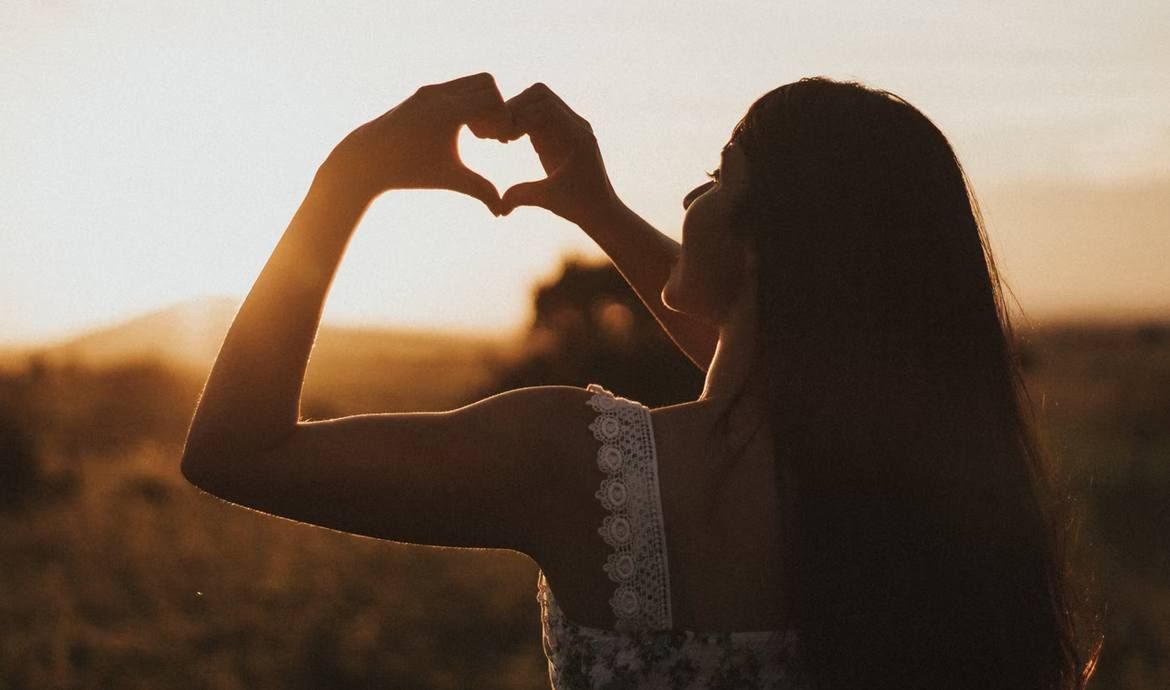
How I Opened Up to Change By Finding Steadiness in Myself
The following is a blog post that was featured on Hubud Coworking Space’s blog: There I gave an inspiring talk at Pecha Kucha Night Ubud. I started off asking a crucial question: WHO-ARE-YOU? In this blog post, I was asked to tell my story of change and how my relationship with my-SELF evolved through it. Having a clear idea of who we truly are is key when we are experiencing a transition. Read on and dive a little bit deeper into yourself.
“I married my best friend when we were 22. At the time I thought we’d made a brilliant decision to partner each other for the remainder of our lives. We both agreed: divorce was for people who didn’t know how to communicate and work through their issues constructively so they can keep their promises, and that wasn’t us.
Fast forward five years to when I first started what many often refer to as “waking up” or “unplugging from the Matrix.”
My journey down the rabbit hole, though terrifying at times, ultimately brought me to greater depths of self awareness and self appreciation than I had ever known.
The problem was, the closer I got to discovering who I truly am when I strip away all the stories I had been sold and beliefs I became conditioned to buy into, the more distance it created between me and my partner. You see, he wasn’t interested in pursuing the path of awakening – stripping away all is not our essential nature. And I had come to discover that anything less than that could no longer satiate me.
Eventually, we separated. And whilst I grieved as I released the future I had previously imagined we would share, I still held a heart full of gratitude for the years we walked side by side, supporting each other the best way we knew how to, and a deep knowing that the most loving act would be set each other free from the commitment our younger selves made. These all existed inside me simultaneously.
And experience this is one of the ways I came to know that what we often think of as singular – self – is, in fact, plural and multidimensional. The Gestalt school of thought recognises this in its understanding that the self has many aspects.
I love Sanskrit for many reasons, one of which is that it has different words to refer to self: jivananda and atmananda.
In English jivananda roughly translates to small self/ego (often written as self) and atmananda is higher self/spirit (often written as Self).
My training in Cognitive Sciences and Neuro Linguistic Programming (NLP) has made me very aware of the impact language has on how we experience reality. Research from ethnolinguistics shows time and time again that cultures have words which point to what’s relevant to them. For example, Inuits who inhabit icy climates have dozens of different words for snow. Or the Danish (often topping the World Happiness Report rankings) word hygge which translates to “a sense of wellbeing and cosiness.” If a culture doesn’t have a way to articulate a concept, that concept is less available in that culture’s collective consciousness.
This is why I have issues with the English pronoun ‘I’. When we use the word ‘I’ and we are not mindful about what it’s pointing to, we can trick ourselves into creating stuck states.
It reminds me of a joke I once heard at an NLP conference: A woman walks into a coach’s office and says, “I need to change: I’m a divorcee and I’ve been single for 10 years because I’m scared of being betrayed again,
I’m overweight because I binge eat when I feel bad, and I’m a control freak and get anxious when I’m not in charge. Can you help me?” The coach says, “Sure. You just have to learn how to understand your own emotions, let go, and trust others.” And the woman replies, “Oh no. I couldn’t do that. It just wouldn’t be me.” So the coach says, “Yes. That’s your problem. You’re you.”
How do you know what is “you”? What exactly is the you you have been imagining? So many of us cling to environments, behaviours, capabilities, or even beliefs as part of our identity. While, the real question we ought to ask ourselves is: Who am I truly?
We consistently find the more stable our concept of Self, the more flexibility we have in our human egoic experience.
For example, we might feel free to move to new countries and try new things, to start a new business, or new projects, or even to fail. Because our core identity is never on the line, we get to be fluid with how we live our lives.
And that’s the space that enables us to live our most fulfilling lives, being who we truly are – pursuing our own unique and authentic paths and creative expression.
When we’re amidst a transition our sense of self can feel particularly wobbly. That’s when it’s most important to look beneath the surface. Anything that can change isn’t the *real* you. Your career, your partner, your location, the color of your hair… All of these are just superficial identities. Look deeper. Look beneath that. Who am I really?
So, what is your essential nature?
There is a sanskrit mantra I especially love: so hum. It translates to: I am that. That which is eternal and universal. The more we all enLIGHTen UP to this fact, the more we liberate ourselves from false identification with the limitations of the mind. The output of this shift is increased confidence, courage, and compassion.
